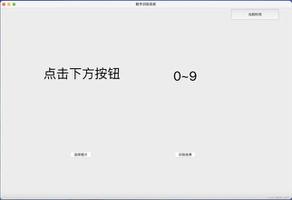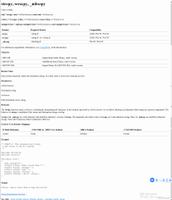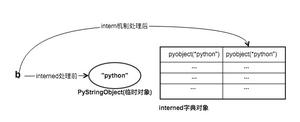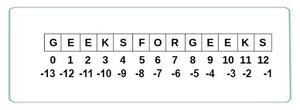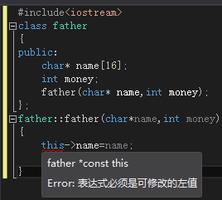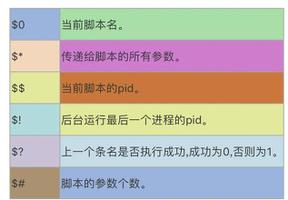检查在Python中串联给定字符串后是否可以生成给定字符串
假设我们有两个字符串s以及t和r,我们必须检查r = s |。t或r = t + s其中| 表示串联。
因此,如果输入类似于s =“ world” t =“ hello” r =“ helloworld”,则输出将为True,因为“ helloworld”(r)=“ hello”(t)| “世界”。
为了解决这个问题,我们将遵循以下步骤-
如果r的大小与s和t的长度之和不同,则
返回False
如果r以s开头,则
返回True
如果r以t结尾,则
如果r以t开头,则
返回True
如果r以s结尾,则
返回False
让我们看下面的实现以更好地理解-
范例程式码
def solve(s, t, r):if len(r) != len(s) + len(t):
return False
if r.startswith(s):
if r.endswith(t):
return True
if r.startswith(t):
if r.endswith(s):
return True
return False
s = "world"
t = "hello"
r = "helloworld"
print(solve(s, t, r))
输入值
"world", "hello", "helloworld"输出结果
True
以上是 检查在Python中串联给定字符串后是否可以生成给定字符串 的全部内容, 来源链接: utcz.com/z/330719.html

